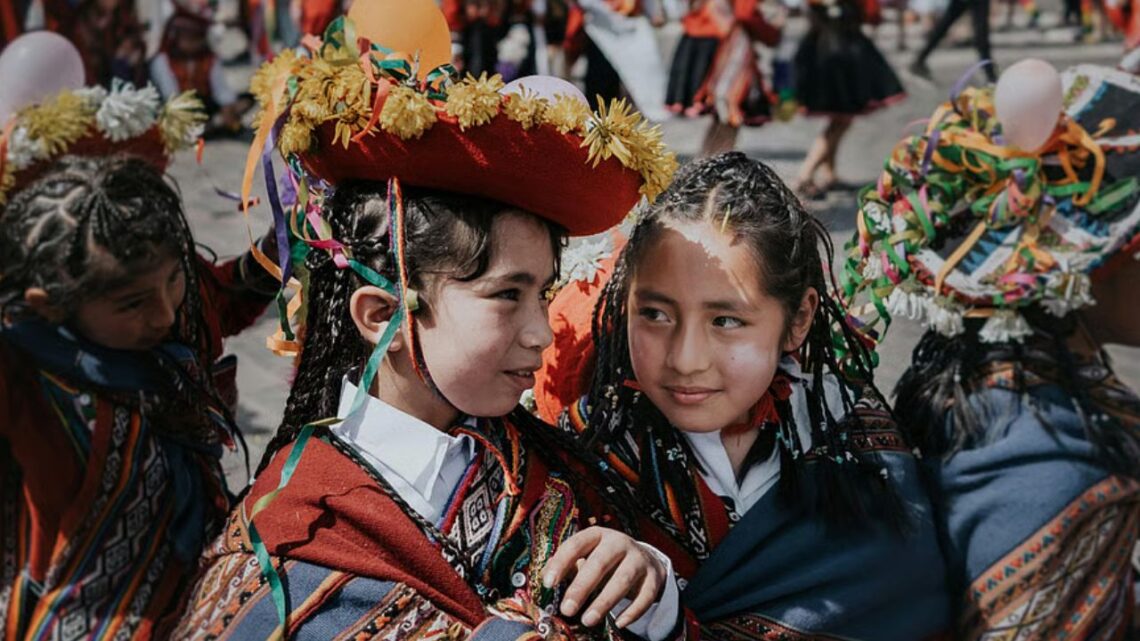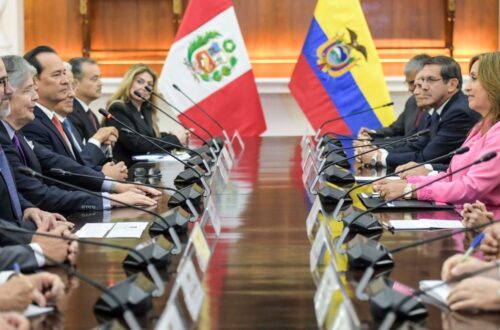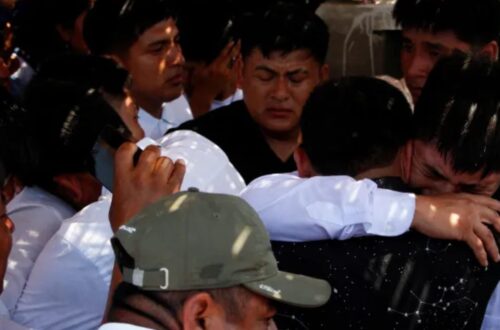In Peru, women’s rights tell a story full of contradiction. On paper, the country looks progressive — laws protect equality, women hold seats in Congress, and Peru has signed major international agreements to protect women.
But in real life, the situation is very different. Many women, especially in rural and Indigenous areas, still face poor healthcare, limited freedom, and unsafe conditions.
Laws Exist, But Lives Tell Another Story
Peru’s official data seems positive at first glance. According to the SDG Gender Index, the country scored 72.9 for the number of women holding seats in the national parliament. That number shows that women have political visibility and power.
However, when it comes to health, Peru’s score drops sharply to 35.5. This means that while women are visible in politics, they remain invisible in the health system that should care for them. Having more women in Congress has not made hospitals safer or healthcare easier to access.
Representation looks good in photos, but it has not fixed deep social and health problems.
The Reality of Women’s Health
In many parts of Peru, women still struggle to find basic reproductive health services. Clinics are far away, short on staff, or completely without proper equipment. Even where laws protect women’s choices, those rights are not easily available.
A political scientist, Stéphanie Rousseau, explained that although there have been some reforms, many restrictions still stop women from fully controlling their health and reproductive choices.
This gap shows in the country’s maternal mortality rate. In 2020, Peru recorded 69 deaths per 100,000 live births, much higher than the Latin American average of 45.
In nearby countries like Chile (16) and Uruguay (13), the situation is far better. These are not just numbers — they represent women whose lives could have been saved with better access to care.
| Category | On Paper | In Real Life |
|---|---|---|
| Women in Parliament | High (72.9 score) | More women in power |
| Health Access | Low (35.5 score) | Lack of services and clinics |
| Maternal Mortality | Promises to reduce | 69 deaths per 100,000 |
| Rural Equality | Protected by law | Still not achieved |
International Promises, Local Failures
Peru has signed global agreements like the Convention on the Elimination of All Forms of Discrimination Against Women (CEDAW) and the International Covenant on Civil and Political Rights (ICCPR).
These are meant to guarantee equality and safety. But for many women in remote villages, these promises are just words.
Many clinics do not follow national health protocols. Some towns have no doctors. Pregnant women often walk long distances for medical help. When the system fails, rights become meaningless. Rights without access are empty, and laws without action are broken promises.
Representation Alone Is Not Empowerment
Having women in office is a step forward, but real empowerment means more than numbers in politics. It means women everywhere — rich or poor, urban or rural — can access healthcare, make their own choices, and live free from fear or discrimination.
If laws and statistics are not matched by action, they only create the illusion of progress. True empowerment comes when every woman can decide her future — her body, her health, and her voice.
The paradox of women’s rights in Peru shows how progress can look strong on paper but weak in reality. Women are part of the nation’s leadership, yet many still die during childbirth, lack access to doctors, or face limits on their choices.
For real equality, Peru must ensure that every woman — no matter where she lives — has the right to safety, healthcare, and dignity. Representation matters, but only when it leads to real change in women’s daily lives.









